Presented by AMD
Are Copilot+ PCs finally ready for the enterprise?
The next generation of AI PCs has high-performance NPUs and generative AI features – but are they right for your business?
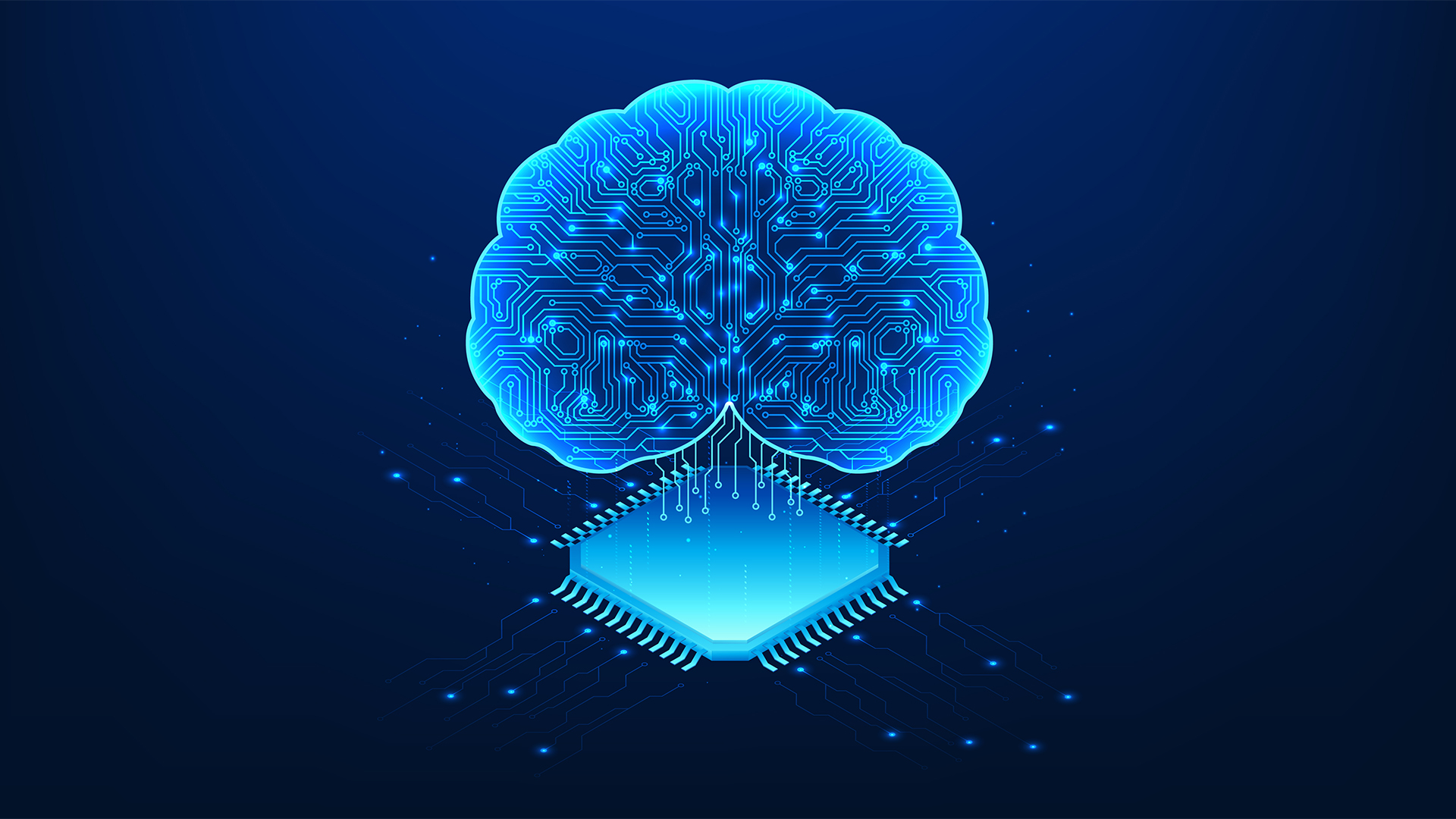
Microsoft’s Copilot+ PC brand has been out in the wild for over a year, with innovative laptops capturing awe at trade shows like CES and even being deemed ‘cool’ by The New York Times.
Despite being around since 2023, however, most experts believe that 2025 will be the year the AI PC will become the default for enterprise businesses. This is partly down to analyst predictions that the end of Windows 10 will see many IT departments refresh their hardware. But it’s also a story about generative AI and the transformative capabilities that can be put at the fingertips of seemingly everyone.
AI PC shipments are predicted to surpass 100 million units by the end of 2025, according to Canalys forecasts, representing around 40% of all total PC shipments worldwide. What’s more, Canalys experts predict that vendors will ship a further 205 million AI PCs by 2028 – a growth rate of 44% between 2024 and 2028.
“PCs with dedicated on-device AI capabilities will enable new and improved user experiences, driving productivity gains and personalizing devices at scale while offering better power efficiency, stronger security, and reduced costs associated with running AI workloads,” said Ishan Dutt, principal analyst at Canalys.
"This emerging PC category opens new frontiers for both software developers and hardware vendors to innovate and deliver compelling use cases to customers across consumer, commercial, and education scenarios.”
What is a Copilot+ PC?
Copilot is Microsoft’s generative AI assistant – arguably the industry-leading AI chatbot. It’s designed to offer on-device (or in-browser) AI capabilities like text generation, quick analysis, such as email and document summaries, and various helpful shortcuts. It’s instant click AI for workers that will improve the more it’s used.
Copilot+, however, is specifically attributed to personal computers, in that they are laptops and PCs with direct access to Microsoft Copilot, with specific Copilot buttons and AI-based features.
It is a new category of Windows 11 PC, equipped with powerful processors and neural processing units (NPUs) that are capable of over 40 TOPS – trillion operations per second. Specifically, Copilot+ PCs can translate audio in real time (from around 44 different languages), improve images and video, and automatically switch resolution to improve quality.
The branding has been attributed to both new and well-established laptop brands, such as the HP OmniBook and Microsoft’s Surface models. With automated tools for translation, chat-based on-device diagnostic capabilities, and even features that can help the user optimize their machine's performance.
Copilot+ PCs for enterprise businesses
The key thing with AI PCs is that they are disrupting the usual way we experience AI, through cloud services or via cloud-based apps – think background blur and noise cancellation on video conferencing platforms like Teams and Zoom. AI PCs can execute those capabilities, and much more, on-device, regardless of the operating system or apps being used.
Running AI in the cloud is notoriously expensive, and running AI models in-house is also financially tough; you need specific hardware and software, and the labour costs will also be astronomical. So running AI locally, on user devices, is a no-brainer from a budget standpoint – AI PCs, such as the Dell XPS 13 or the HP OmniBook Ultra 14, can cost as little as $1,000.
AI PCs also promise to supercharge the productivity of your workforce; from content creation to code deployment, generative AI apps can provide shortcuts for various tasks, and even automate them to a certain degree, saving hours of labor and freeing users up to do more complex or interesting workloads.
Another key is the Copilot+ requirement for NPUs that offer a minimum of 40 TOPS, which is its measure for performance, specifically AI performance. The NPU is built to handle large volumes of data on the device, taking that burden away from the CPU. A CPU doesn’t necessarily have TOPS; it is solely reserved for the NPU.
The Ryzen Pro 300 series is particularly well suited for AI PCs thanks to its integrated NPU, which is said to surpass the 40 TOPs requirement with 50 TOPs. These are enterprise-focused processors that have been incorporated into the Copilot+ grade of PCs due to their immense speeds and high performance. Specifically, there are three chips, launched in 2024: the Ryzen AI 9 HX Pro 375, the 9 Pro 370, and the 7 Pro 360.
In IDC’s report, Understanding Employee Productivity and Satisfaction Benefits of Next-Generation AI PCs as You Plan Your Next Refresh, these newer, more powerful NPUs have created an environment where AI can run persistently and pervasively in the operating system. And it does so in a way that doesn’t impact the performance of battery life.
What’s more, Copilot+ PCs and the newer NPUs have been designed to specifically support Windows 11 – again, taking full advantage of the end of Windows 10. And Windows Copilot Runtime includes a set of application programming interfaces that use more than 40 on-device AI models that ship with Windows.
Like Forrester and Canalys, IDC is also forecasting a steep increase in AI PCs in the market over the next few years, with the Copilot+ category set to drive much of that growth.
“Companies should consider the benefits of next-generation AI PCs as they build out their AI strategies,” Tom Mainelli, the group vice president of Device and Consumer Research at IDC, wrote in the report.
“Many of these companies are concurrently planning their final push toward a much-needed fleet refresh as the Windows 10 end of service (EOS) approaches in October 2025."
He continued: “Many of these PCs were acquired over four years ago and suffer from aging batteries and a lack of modern collaboration features such as good cameras and microphones. Forward-looking information technology decision-makers (ITDMs) and line-of-business (LOB) managers see the value in investing in this new breed of PCs today to stay ahead of the competition and reap the long-term benefits as new AI features, applications, and use cases appear.”
Smart companies will be closely examining the next-generation of AI PCs as they get set for their next hardware refresh. According to Statcounter, almost half of businesses are still running Windows 10, which suggests a huge market for AI PC adoption as we get closer to the great Windows 10 switch-off. This could mean that 2025 really is the year of the AI PC, and maybe the year for Copliot+ PCs.
Sign up today and you will receive a free copy of our Future Focus 2025 report - the leading guidance on AI, cybersecurity and other IT challenges as per 700+ senior executives
Bobby Hellard is ITPro's Reviews Editor and has worked on CloudPro and ChannelPro since 2018. In his time at ITPro, Bobby has covered stories for all the major technology companies, such as Apple, Microsoft, Amazon and Facebook, and regularly attends industry-leading events such as AWS Re:Invent and Google Cloud Next.
Bobby mainly covers hardware reviews, but you will also recognize him as the face of many of our video reviews of laptops and smartphones.
-
 Hounslow Council partners with Amazon Web Services (AWS) to build resilience and transition away from legacy tech
Hounslow Council partners with Amazon Web Services (AWS) to build resilience and transition away from legacy techSpomsored One of the most diverse and fastest-growing boroughs in London has completed a massive cloud migration project. Supported by AWS, it was able to work through any challenges
-
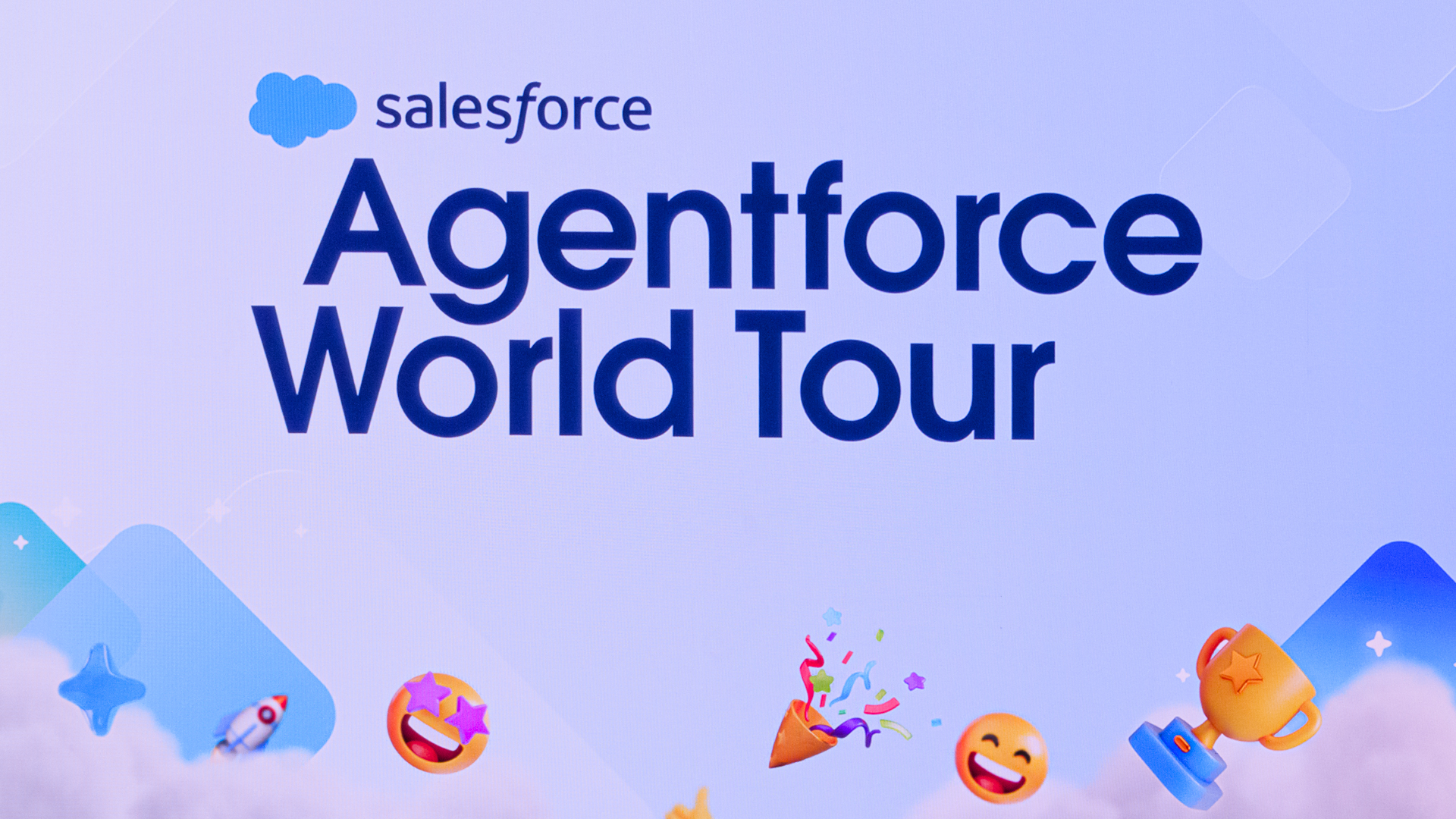 Salesforce targets better data, simpler licensing to spur Agentforce adoption
Salesforce targets better data, simpler licensing to spur Agentforce adoptionNews The combination of Agentforce 360, Data 360, and Informatica is more context for enterprise AI than ever before
-
 AI Infrastructure for Business Impact: Enabling Agentic Intelligence with Scalable Compute
AI Infrastructure for Business Impact: Enabling Agentic Intelligence with Scalable Computewhitepaper
-
 From the desktop to the datacenter: what does success look like in the AI era?
From the desktop to the datacenter: what does success look like in the AI era?Supported Success in the AI era requires a holistic hardware strategy, from empowering employees with the new generation of AI PCs to building a powerful, AI-ready datacenter
-
 The role of enterprise AI in modern business
The role of enterprise AI in modern businessSupported Artificial intelligence is no longer the stuff of science fiction; it's a powerful tool that is reshaping the business landscape
-
 This new Microsoft tool lets enterprises track internal AI adoption rates – and even how rival companies are using the technology
This new Microsoft tool lets enterprises track internal AI adoption rates – and even how rival companies are using the technologyNews Microsoft's new Benchmarks feature lets managers track and monitor internal Copilot adoption and usage rates – and even how rival companies are using the tool.
-
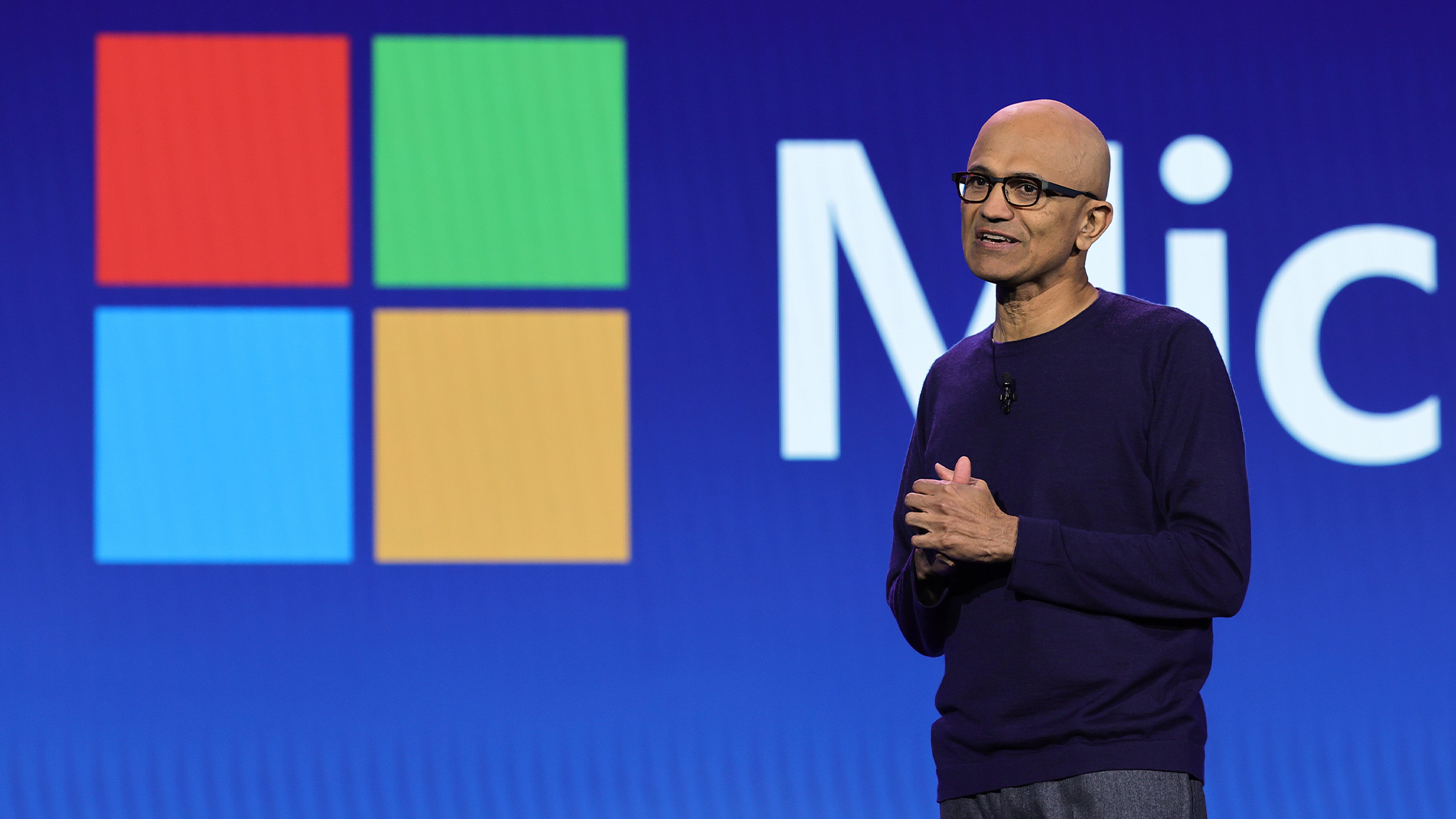 Satya Nadella says “our multi-model approach goes beyond choice’ as Microsoft adds Claude AI models to 365 Copilot
Satya Nadella says “our multi-model approach goes beyond choice’ as Microsoft adds Claude AI models to 365 CopilotNews Users can choose between both OpenAI and Anthropic models in Microsoft 365 Copilot
-
 Evaluating the Future of the AI PC
Evaluating the Future of the AI PCwhitepaper
-
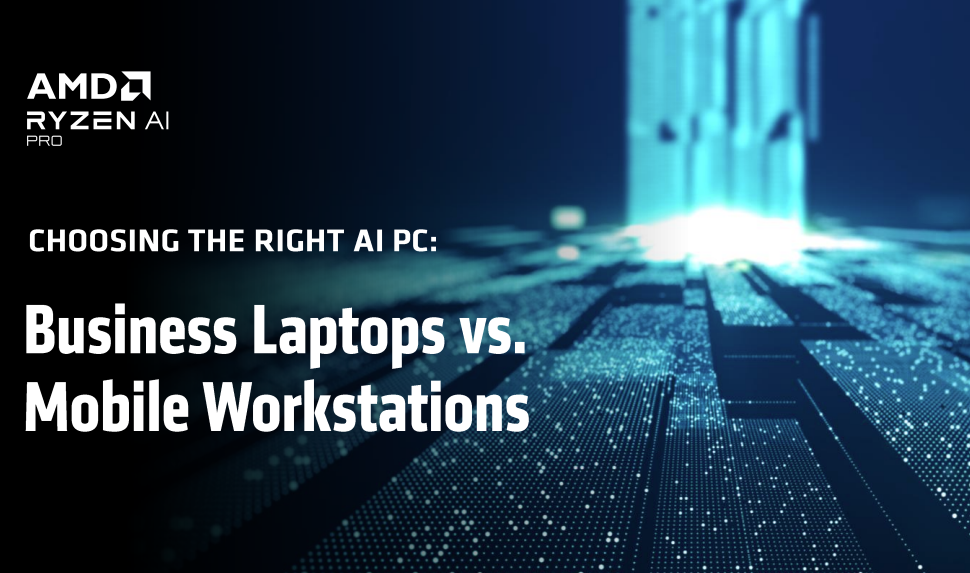 Business Laptops vs. Mobile Workstations
Business Laptops vs. Mobile Workstationswhitepaper
-
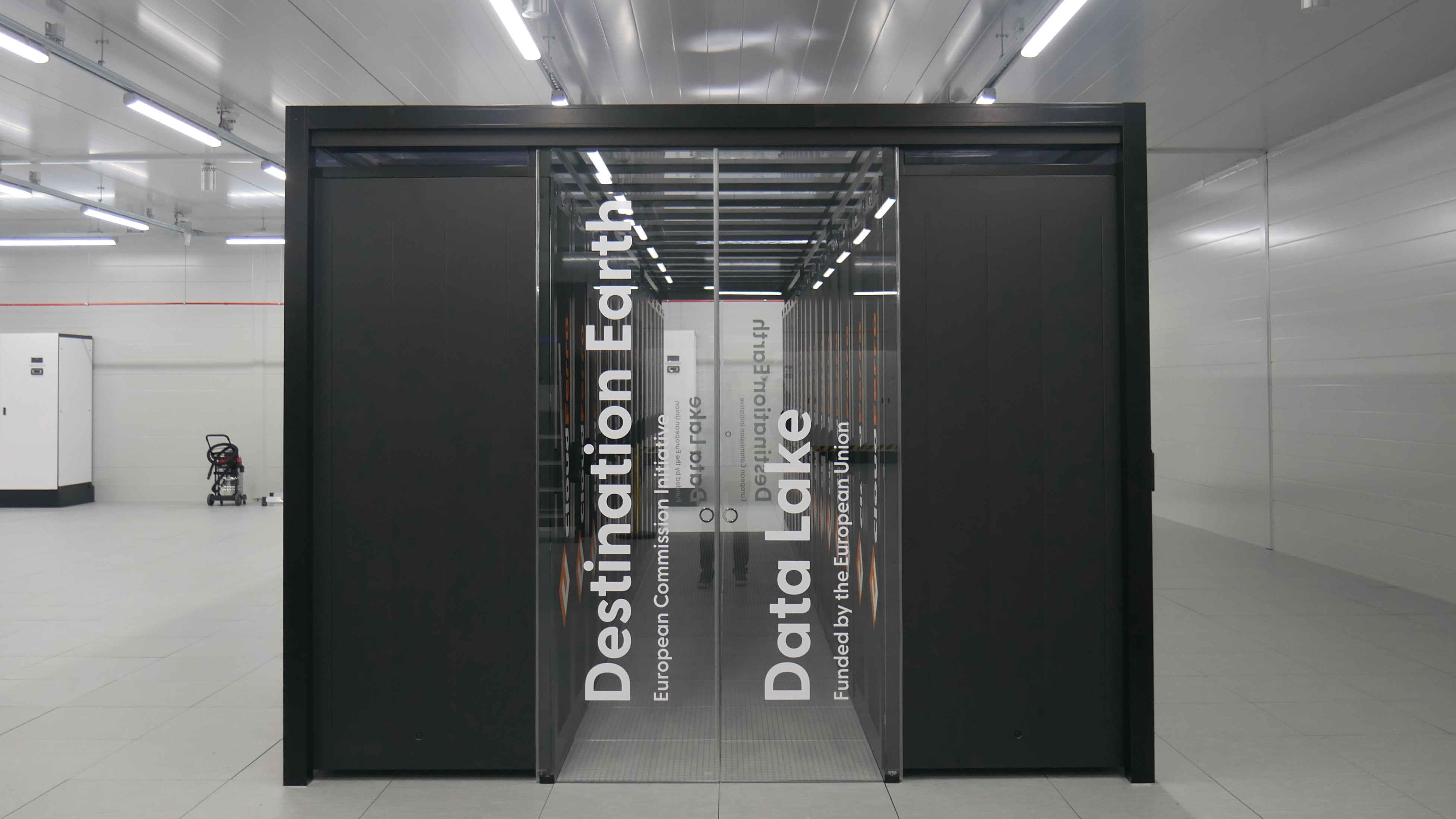 Destination Earth: The digital twin helping to predict – and prevent – climate change
Destination Earth: The digital twin helping to predict – and prevent – climate changeSupported How the European Commission is hoping to fight back against climate change with a perfect digital twin of our planet, powered by Finland's monstrous LUMI supercomputer

